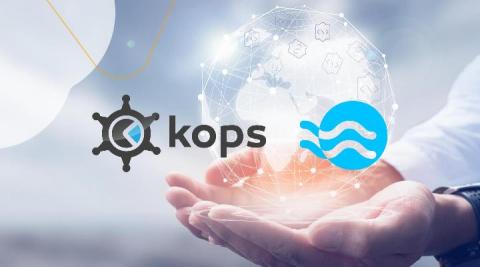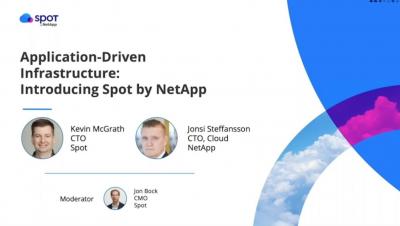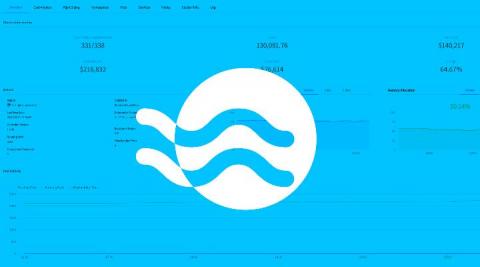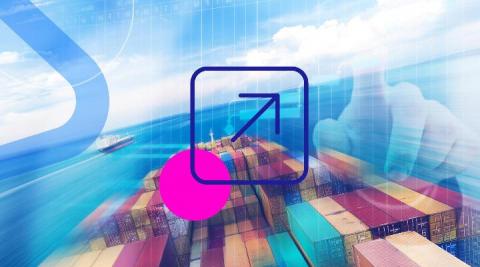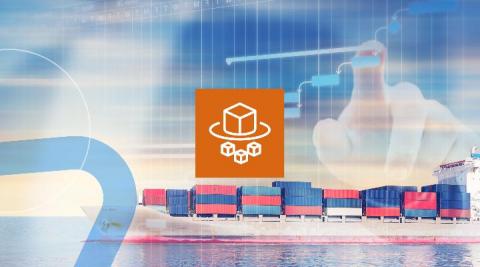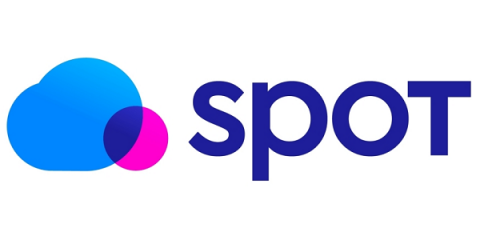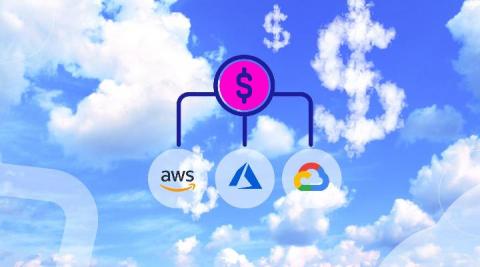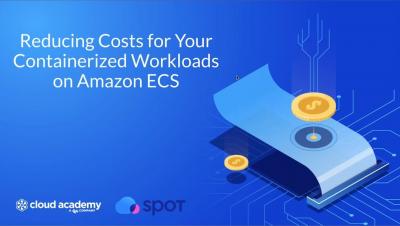It's upstream-first with Ocean for Kops
Many of Spot’s AWS customers are using Kubernetes Operations (kops) to self-manage their Kubernetes clusters. The tool significantly simplifies cluster set up, lifecycle management via instance groups, Kubernetes Day 2 operations and generates Terraform configurations, making it a popular tool for deploying production-grade k8s clusters.


